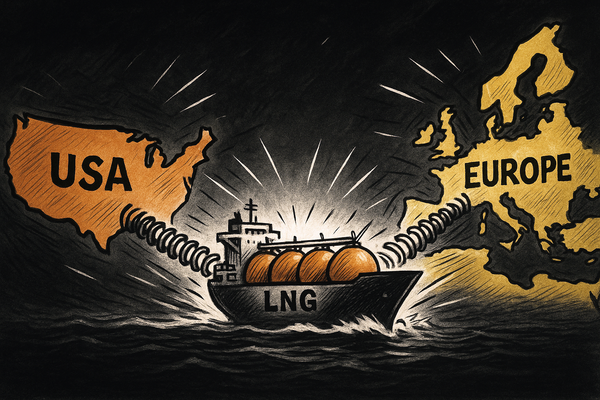UK energy suppliers caught swimming naked
Gas price spike reveals parlous state of UK’s deregulated energy retail market


Member discussion: UK energy suppliers caught swimming naked
Read what members are saying. Subscribe to join the conversation.





